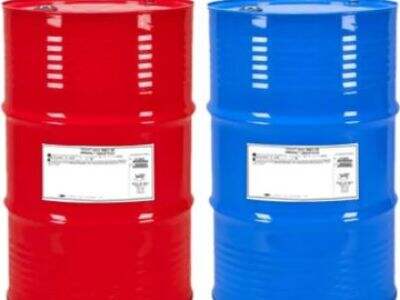Foam is one of the unique materials we use in so many ways every day. Foam is in mattresses that help us sleep well, in soft pillows that support our head, in car seats that keep us safe while driving, and in insulation that helps keep our homes warm in wintertime and cool in summertime. Have you ever considered how foam is created? Foam is created by adding a large amount of air to the chemical reaction, which contains a special chemical called isocyanate used in the production of foam.
What is Isocyanate?
Isocyanate is a chemical required to create foam. It works with other chemicals to help build the foam we see in many products. Foam, comfort, and support would be impossible without isocyanate.
How Does It Work?
A special reaction occurs when the isocyanate is mixed with other chemicals. This reaction generates a gas that actually allows the mixture to expand and become a foam. Think of inflating a balloon — when air is blown inside, the balloon expands. The gas formed by this reaction helps the mixture to expand and form into foam. After this chemical reaction, the foam comes up, and we can shape it into many different sizes and forms, depending on what we would like to create. That means foam can be utilized for a ton of products and uses!
Blending Isocyanate with Polyols
Isocyanates operate in partnership with another class of chemicals known as polyols. The real magic happens when the isocyanates and polyols are combined. That reaction releases the gas that’s required to create the foam we love. This is known as polymerization and might sound complex but really just means that these chemicals are teaming up to create something new — foam!
Why Isocyanates Are So Important
Isocyanates are used to make foam. These compounds endow the foam with many desirable properties and therefore are very important for the foam manufacturing process. Warning: Formulated at a high isocyanate level, foam is very dense and well enduring. That's why foam works so well in applications like car seats, where one wants it to be safe, and mattresses, where you want to be comfortable enough to sleep through the night. Isocyanates also help in the formation of foam in various types and intensities, a fact that enables foam to have a multi-dimensional application which can range from soft cushions to a little more intensity or hardness surfaces.
How Isocyanates Make Foam More Effective
Isocyanates plays also a very important role that help foam to perform very well. Foam that has isocyanates in its ingredients as great insulation quality. This allows it to have a longer temperature retention time, which is why it's some cooler and thermal container material. Isocyanates also ensure that the foam does not degrade with age, meaning that foam products have a longer lifespan and require less upkeep. This saves time and money in the long run!
Who Manufactures Isocyanates?
SANYING is a specialty in regard to isocyanate for foam. They are specialized in the help of foam manufacturers in developing different grades of foam products so that they may meet sdk standards so that consumers have safe and affordable options. They are proud of what they do, and what they do best is to serve excellent isocyanates to customers so they can produce the finest foam products.
Conclusion
We're doing isocyanates make is that essential to foam making. Also, they assist in making the foam strong, long-lasting, and able to retain the required heat for a more extended time. We couldn't have many things we use day-to-day without isocyanates and life would have been less comforting. The Company offers a very wide range of chemicals, including Amines, Polyester Polyester Polyols, Polyether Polyester Polyols, Crosslinkers, etc. Understanding how foam is made lets us understand the comfort and support it gives us in our daily lives!














































